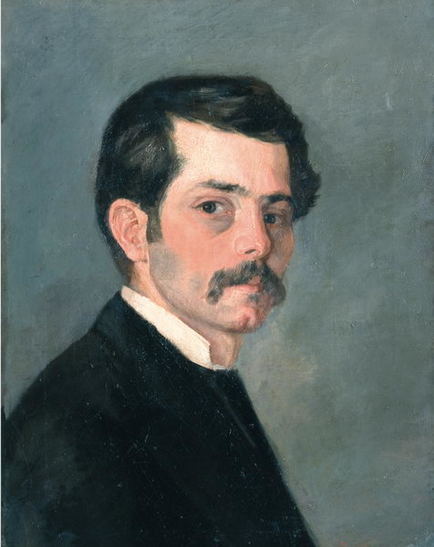
The sensitive painter of the melancholic nature
Nature is the parent of all impressions and changes of mood. There has never been a place better suited for cradling the human thoughts than nature itself, wrapped in its lustful shades resembling a cloak of ages. Masterful as it might be, the almighty sorceress has always retraced every single step that our stream of consciousness could take towards the boundless analysis of ancestral heritage. From the encounter of mankind and nature, a new creature comes to life. She is limitless in her ways and actions, conspicuous though peculiar, although She offers mental shelter to the undecided. Yet, the inamorata is tight-fisted at times. She indulges in her lovers' painful toil of constant rediscovery, luring them every now and then towards the bottom of equilibrium after She cuts the ribbon that links the outer dimension and the inner pit of self-management. One might not want to intrude into the blossoming garden of the Nature, for She can prick the mind with invisible thorns springing from the very core of the path one would choose to walk on. How could one live surrounded by the atoms made colour and mellow fabrics, mustering endless waves of creation? I dare say, by reenacting the Nature's own playful drama. The best means of acquiring that should be available at one's discretion as long as daring people make sure to mold the visible creature at the moment when She spreads Her crude essence. An artist makes a perfect lover. Art redefines the unseen trapped into the Womb by using the stamina that strokes of paint could solely reveal.
Nature is the parent of all impressions and changes of mood. There has never been a place better suited for cradling the human thoughts than nature itself, wrapped in its lustful shades resembling a cloak of ages. Masterful as it might be, the almighty sorceress has always retraced every single step that our stream of consciousness could take towards the boundless analysis of ancestral heritage. From the encounter of mankind and nature, a new creature comes to life. She is limitless in her ways and actions, conspicuous though peculiar, although She offers mental shelter to the undecided. Yet, the inamorata is tight-fisted at times. She indulges in her lovers' painful toil of constant rediscovery, luring them every now and then towards the bottom of equilibrium after She cuts the ribbon that links the outer dimension and the inner pit of self-management. One might not want to intrude into the blossoming garden of the Nature, for She can prick the mind with invisible thorns springing from the very core of the path one would choose to walk on. How could one live surrounded by the atoms made colour and mellow fabrics, mustering endless waves of creation? I dare say, by reenacting the Nature's own playful drama. The best means of acquiring that should be available at one's discretion as long as daring people make sure to mold the visible creature at the moment when She spreads Her crude essence. An artist makes a perfect lover. Art redefines the unseen trapped into the Womb by using the stamina that strokes of paint could solely reveal.
Ion Andreescu was one one of the lovers whose creative tentacles managed to spread over the body of the Mistress and impregnate Her with his own colourful revolution. By mentioning colourful, I do not mean to portray splashes of jolly paste dancing like princesses on the riverbank, enshrouded by night. We want to emphasize here the variety of emotions involved in the creative process. One can see colour in their own manner, one can define colour by the most extravagant terms and endow these with the most varied meanings. In order to defamiliarize a concept, one has to strip it first and clad it back again in a different attire. A fresh start brings a brand new vista, forging the present into a state of mind with a genuine flavour. Iron turns to gold when filtered through the sieve in the artistic eye, while drops of bare inspiration drip onto the the vial-like canvas of the alchemist.
There isn't much to be written about Ion Andreescu. His existence was short, though not void of worth and work. During his 32 years of life (he died in 1882), Andreescu managed to create several types of paintings- landscapes, still life and even portraits of thoughtful people. Andreescu's works breathe out introspection and calm, doubled with a certain thrill breezing though the leaves of the trees or the hair belonging to the models. It looks as if the artist wanted to embody his own melancholic personality with the help of the everlasting nature, be it in wintertime or ripened by the rays of summer and spring. He plays hide-and-seek among the trees, behind screens of green, wrapped in a magic cape, unseen and unheard by anybody else but the vegetal organisms.
Andreescu's style was polished by the French school of painting during his stay in Paris, where he attended classes at the Académie Julian, a private school and the perfect place for quiet Art students like the Romanian painter. Having benefited from a formal instruction in the artistic domain, Andreescu had the opportunity to experiment with various currents, which he sensibly managed to intertwine for a pleasant chromatic ballet.
A visual walk through Andreescu's forests almost throws us into a storybook written in a special language. Just like Alice, we step into the looking-glass and discover another side of our own manifold approach, a wide spectrum partially hidden by the greedy unconscious. Once we step into Otherland, we begin to stretch our sensitivity far above the level of the imaginable. In other words, we walk counterclockwise towards the beginning of everything, we step through leaves of order willing to reach the primordial chaos from were all consciousness once sprang. Elfin branches, paired up with towery ones, reach up to the sky in an attempt to desecrate the boundaries of the third dimension. White, gray and black, the three ghosts of the made-up chronological order, smother the canvas with a story unknown to the tongue. Outstretched and quivery, the great hand of introspection drops the Man to the ground.
We step out of the forest and into the open field or the next level of consciousness. Chaos makes room for revival, bringing to life crisp shadows and glazing the objects in lustre. It's time to meditate on the frail labyrinth of peace and passion, short-lived but fertile, where humans forget they will get lost at a certain moment. Light refracts from the painter's joy at his solitude, expressed in shades contrasting with his illness and shortcomings. The eye sees a mere slice of life, only to be overshadowed in the race against death. Andreescu's firm hand, the one which mastered the painter's point of view, could not be severed after ceasing to paint.
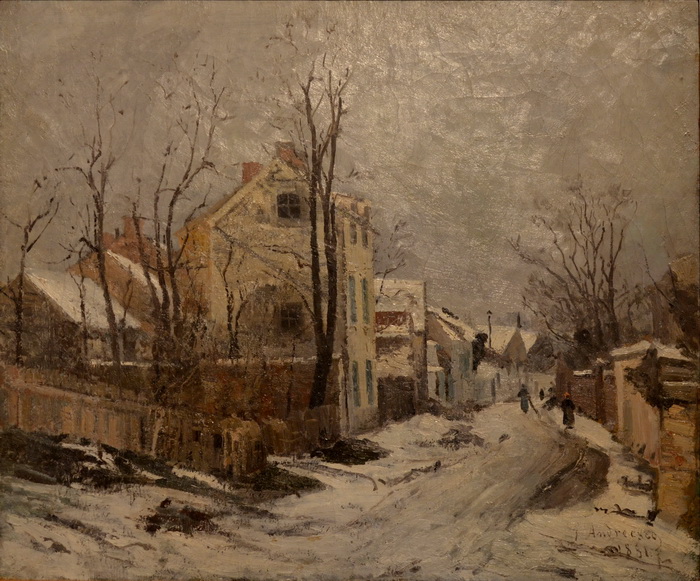
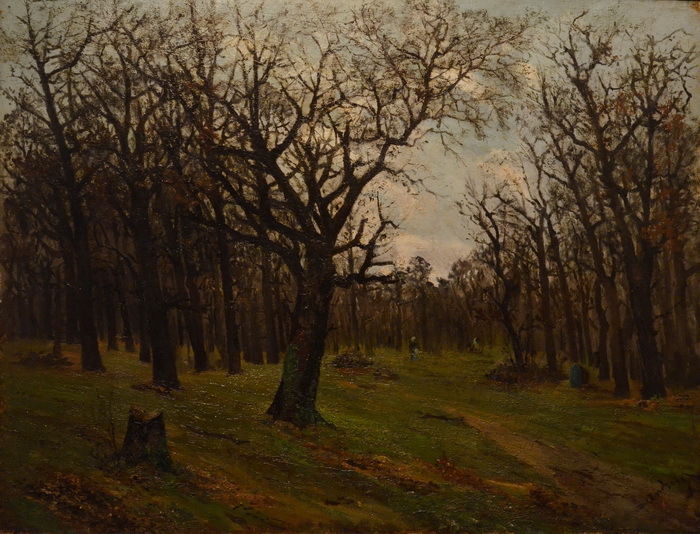
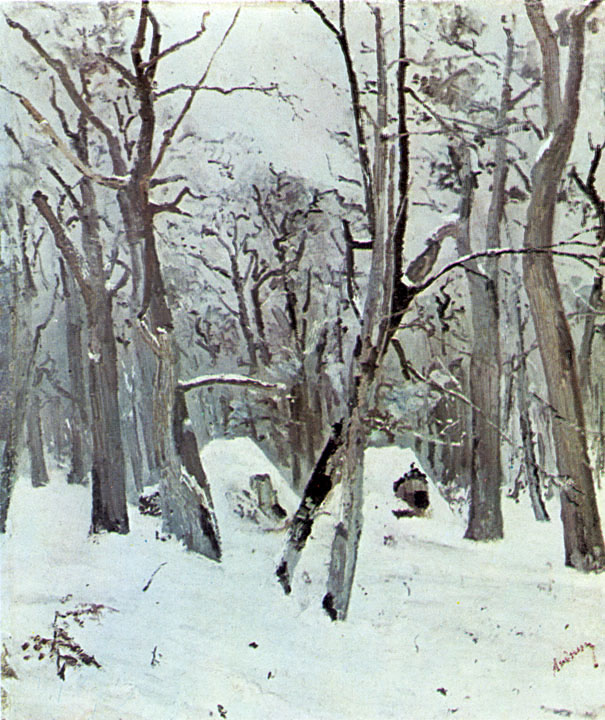
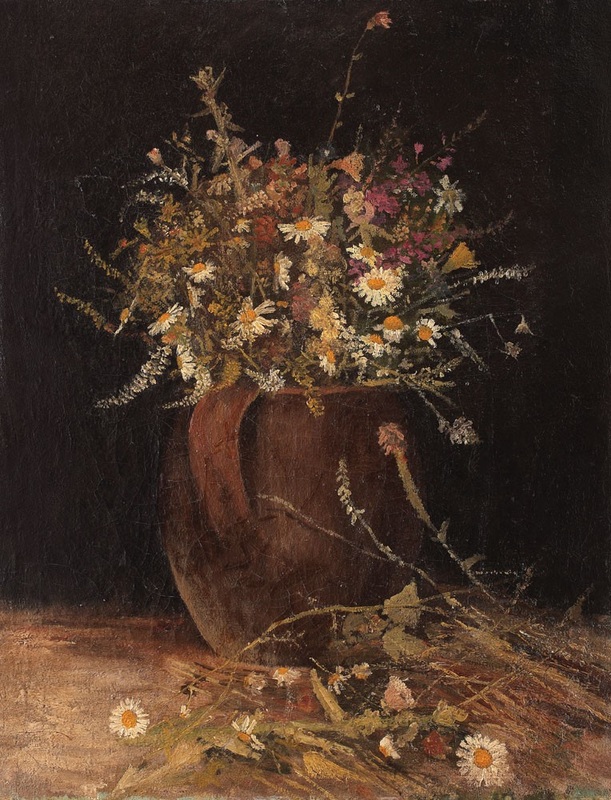
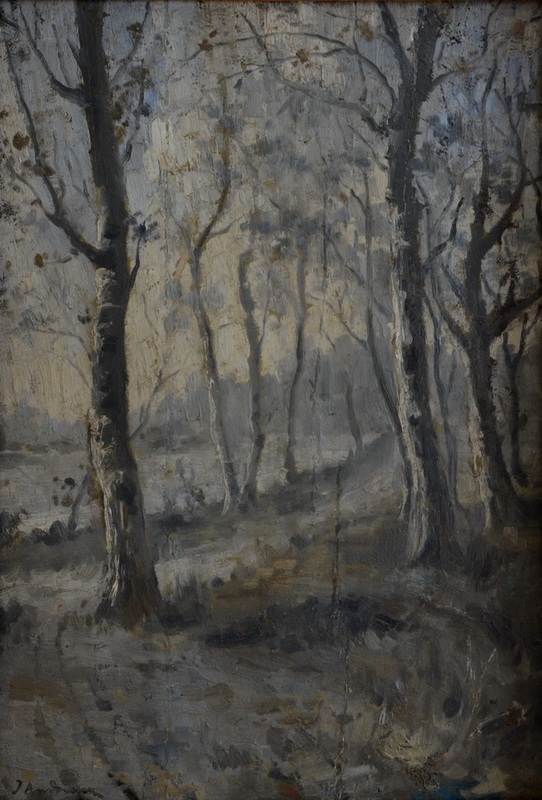
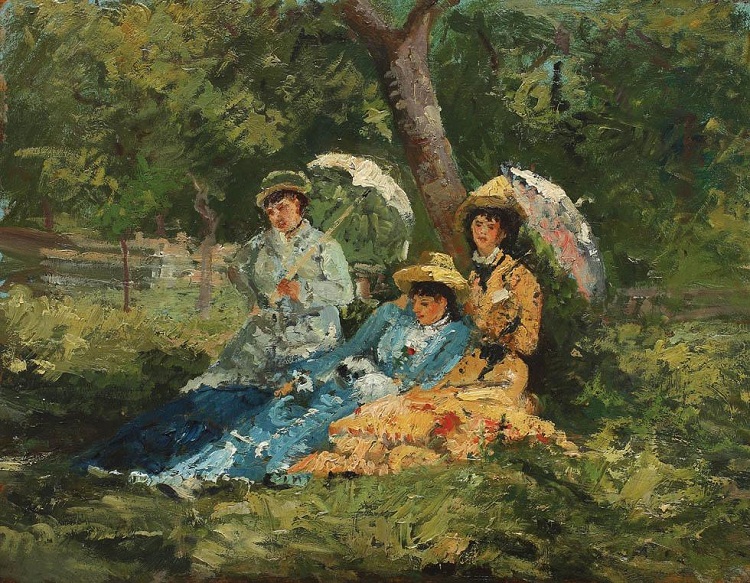
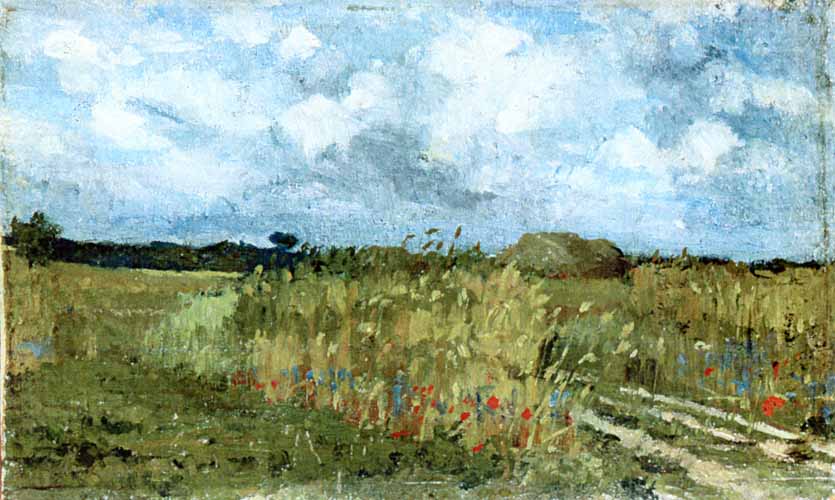
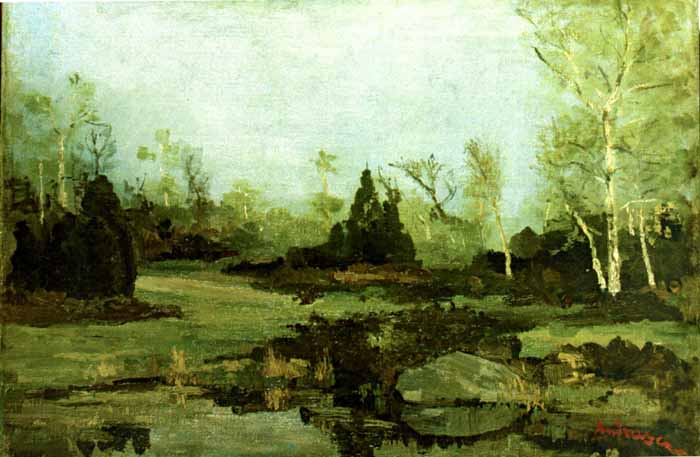
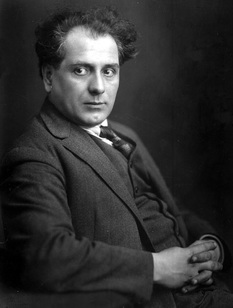
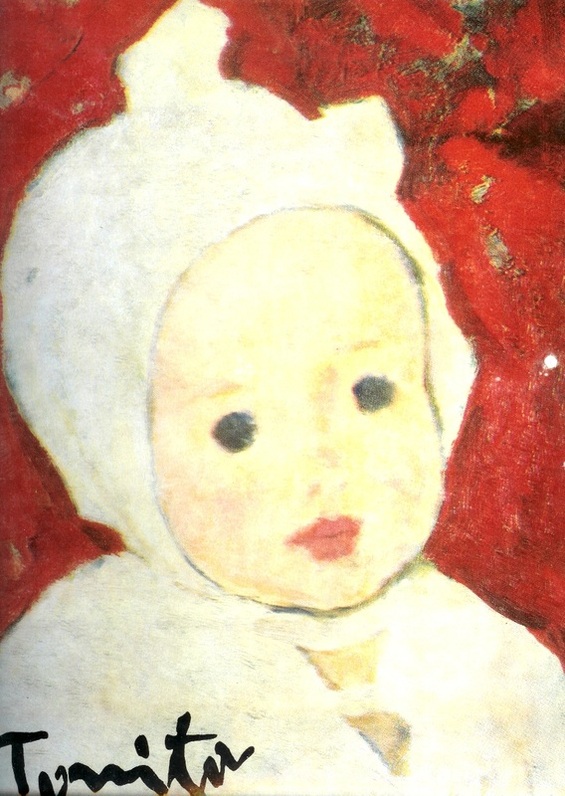
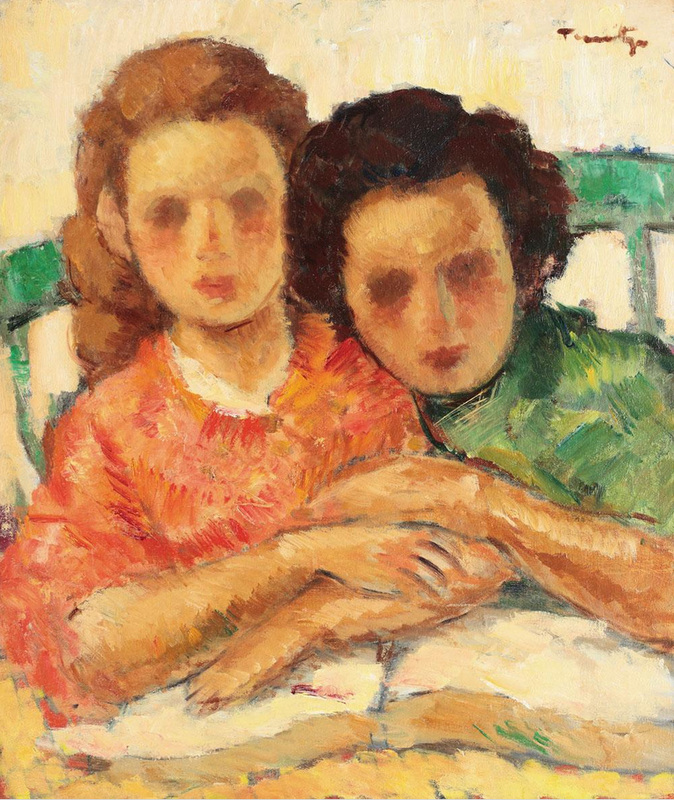
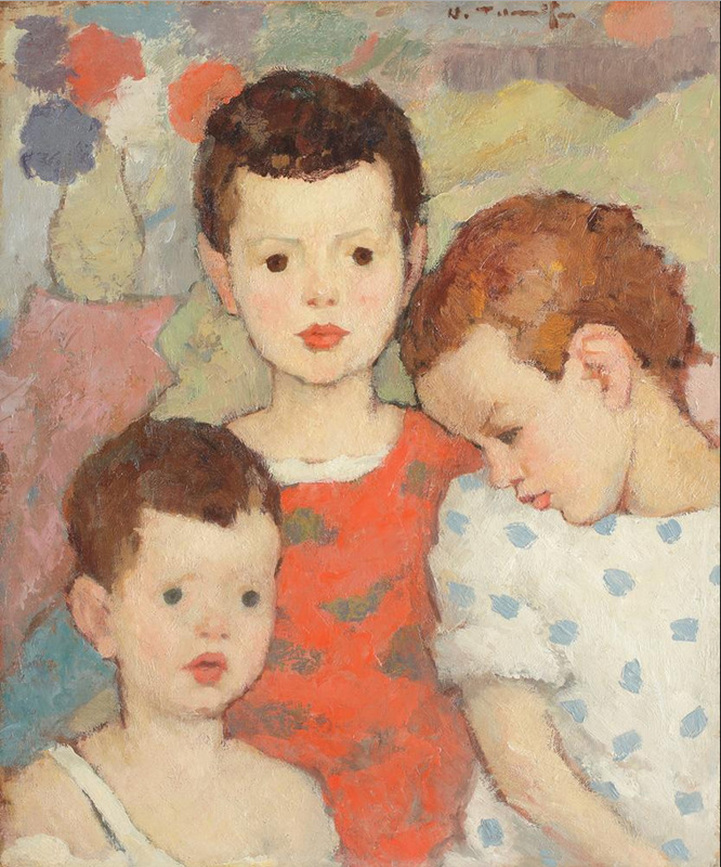
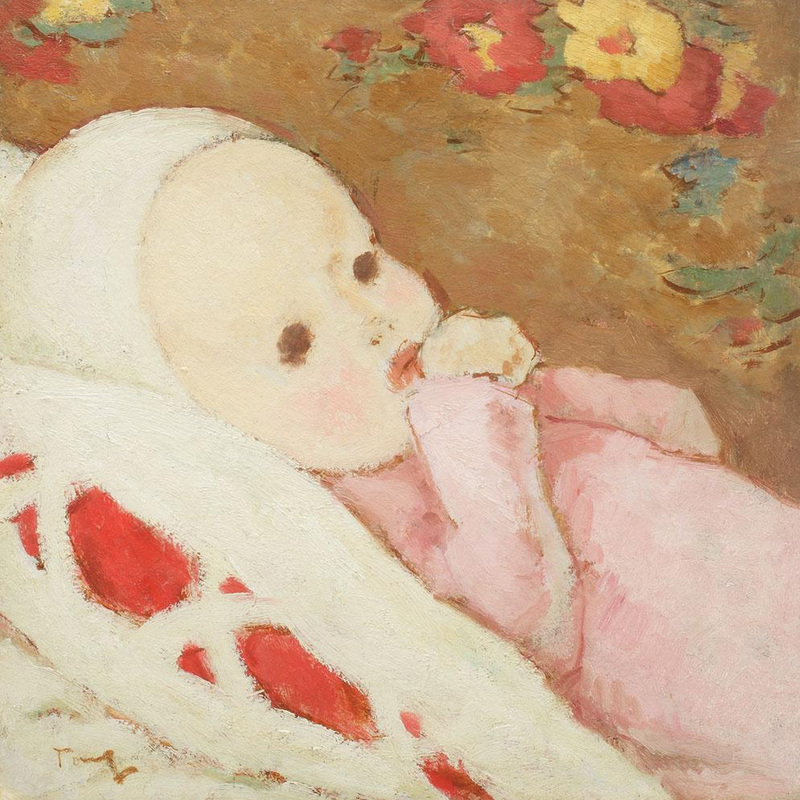
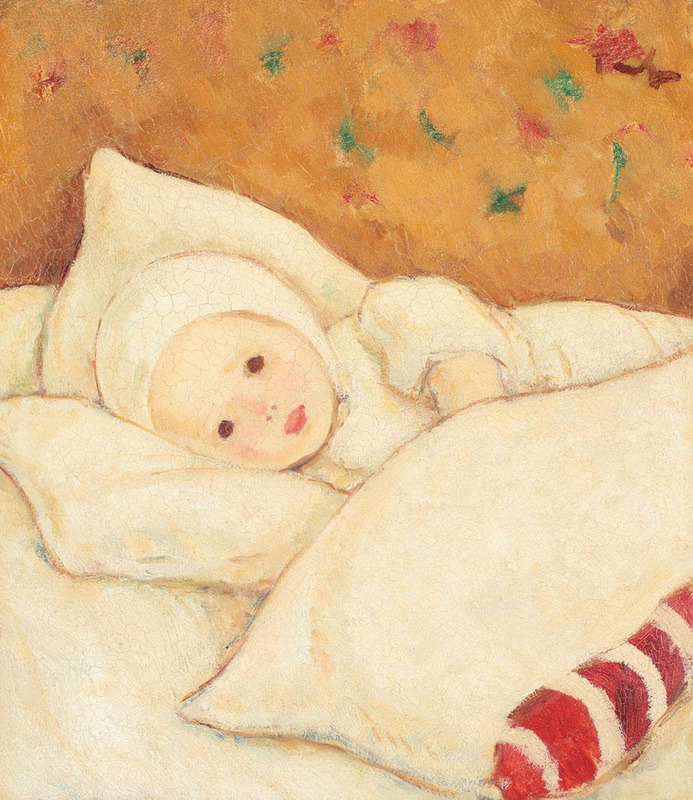
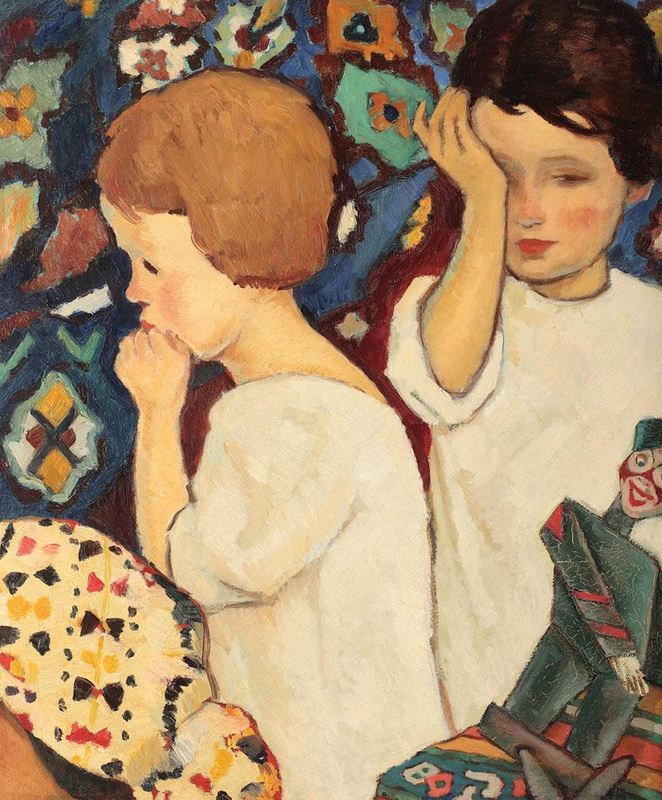
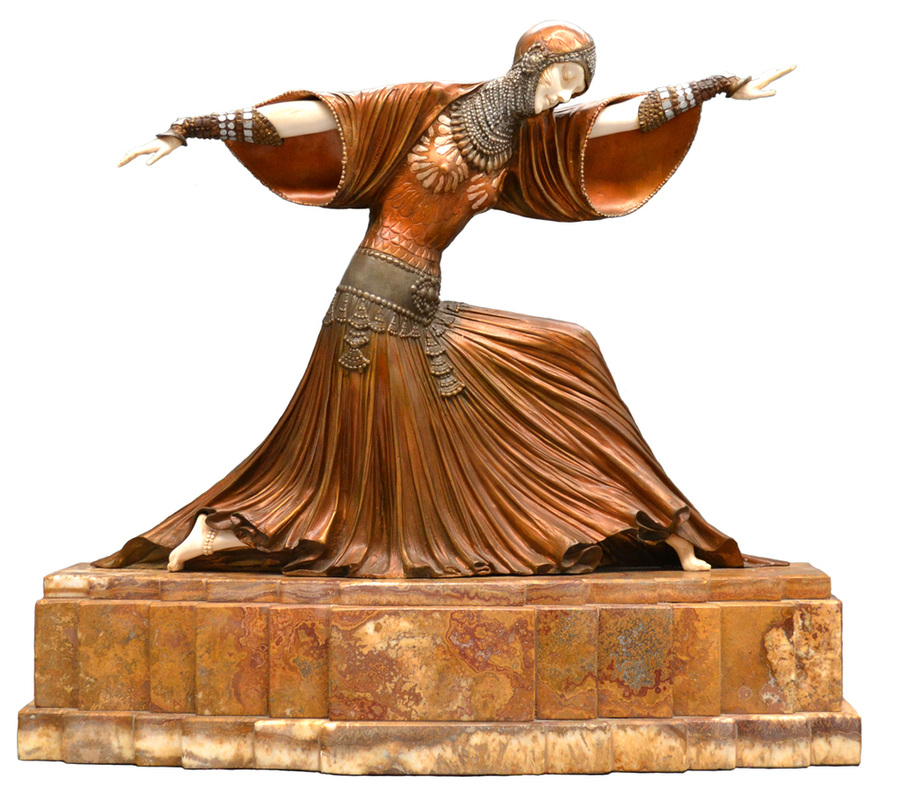
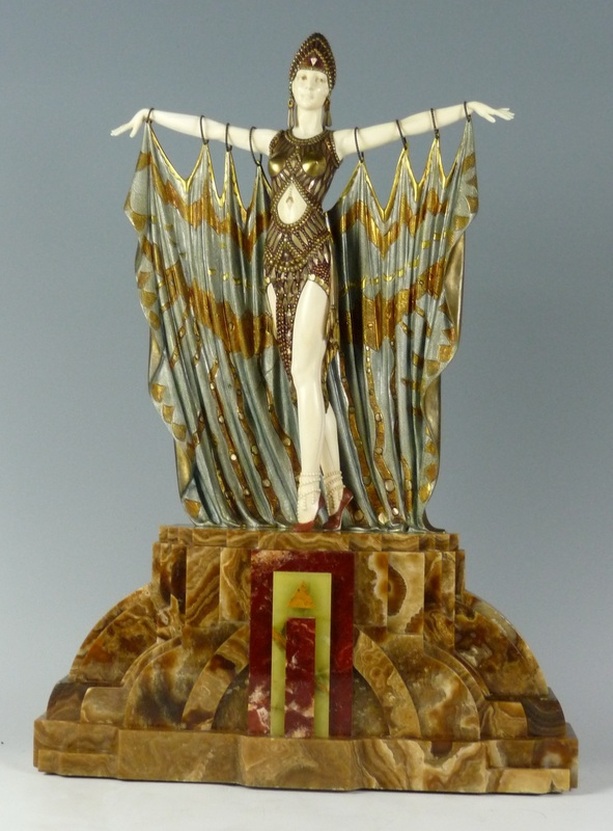
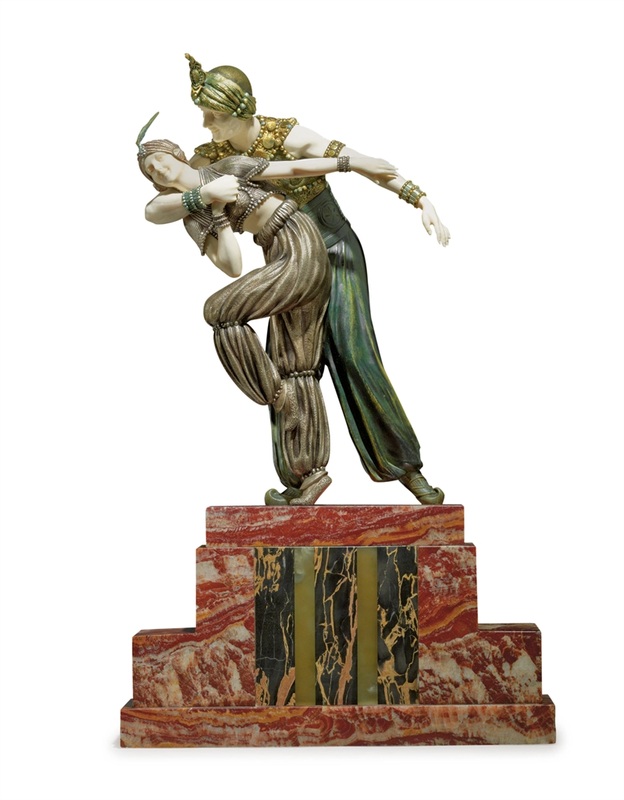

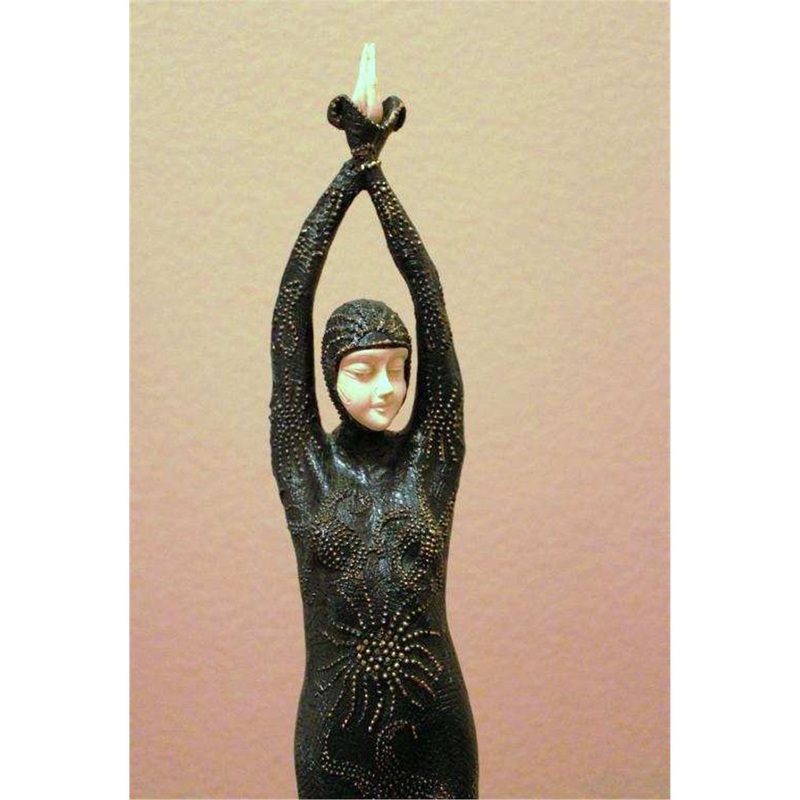
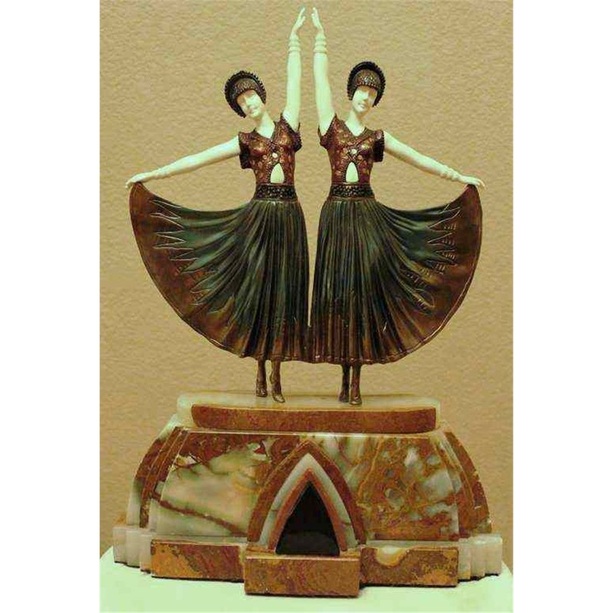
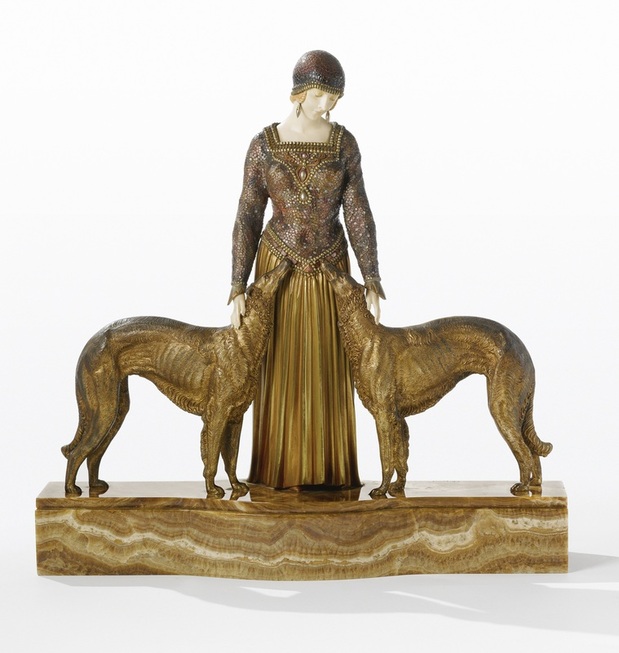

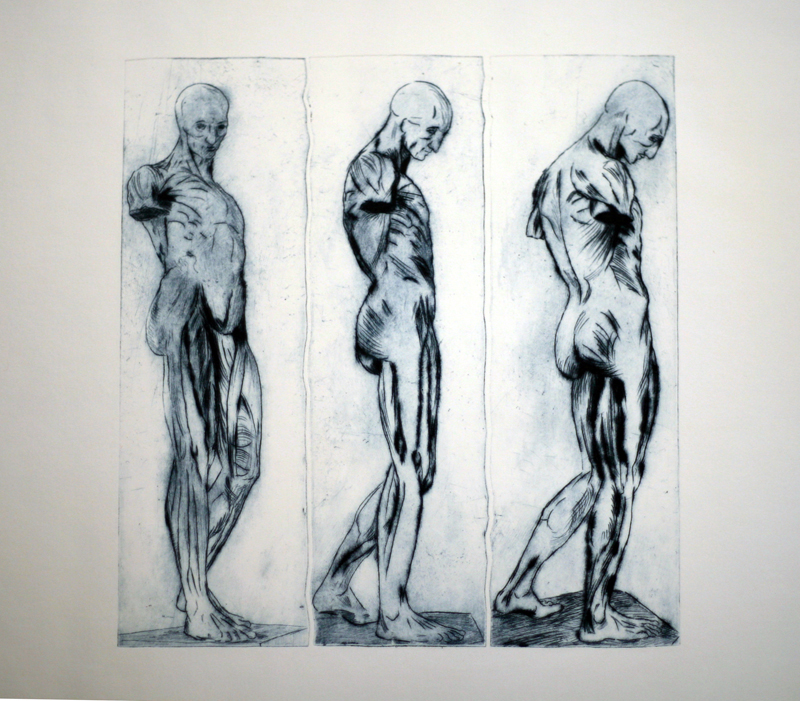
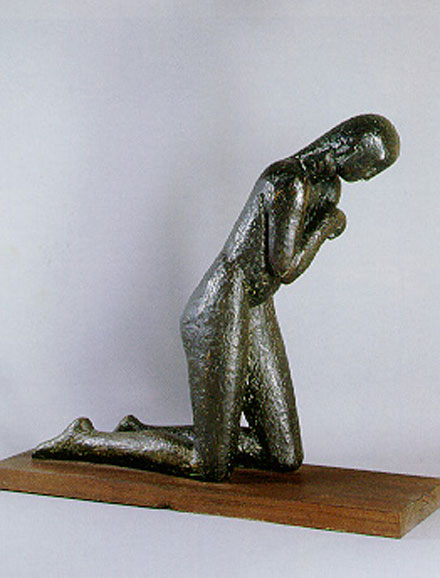
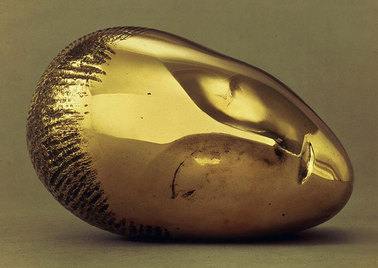
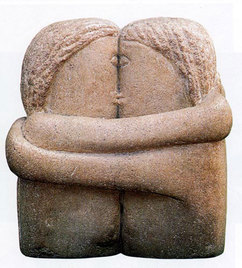
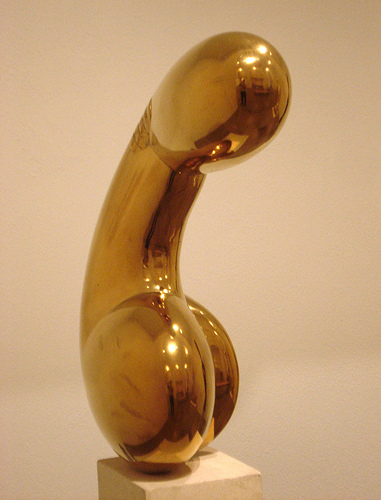

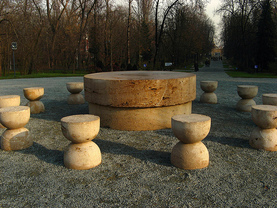
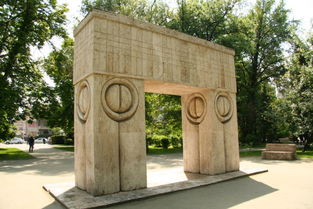
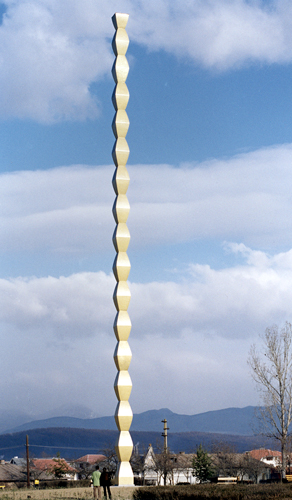

 RSS Feed
RSS Feed
